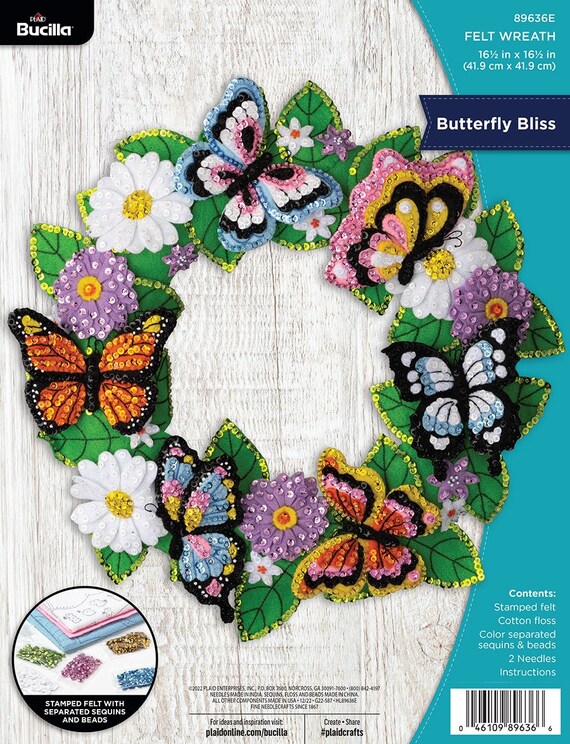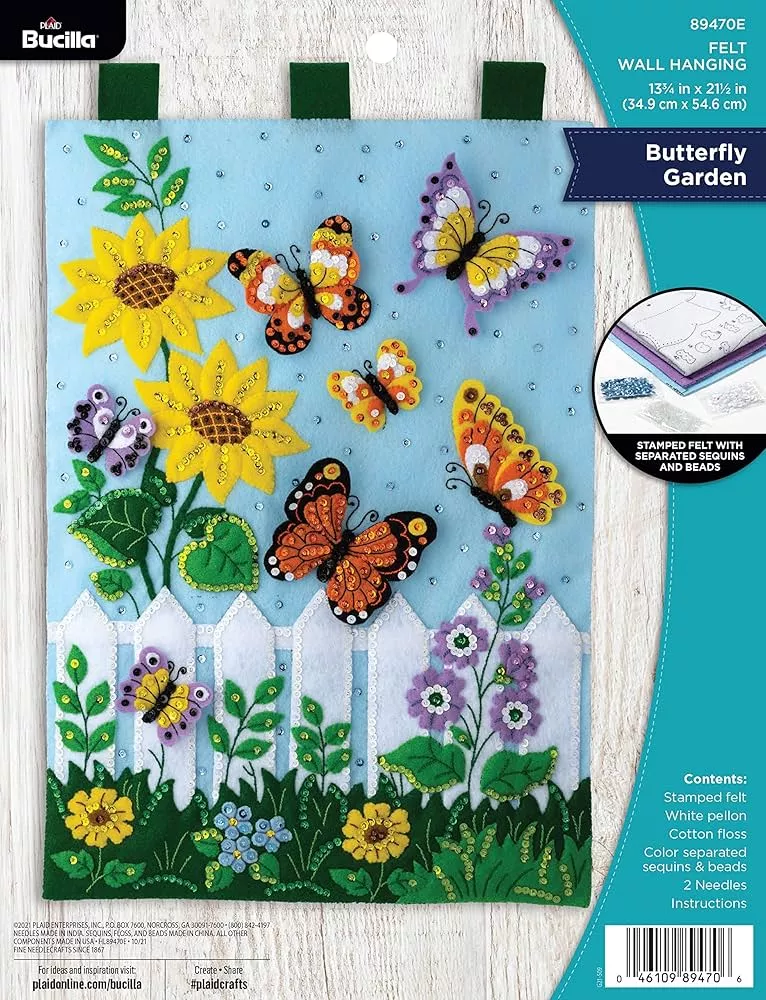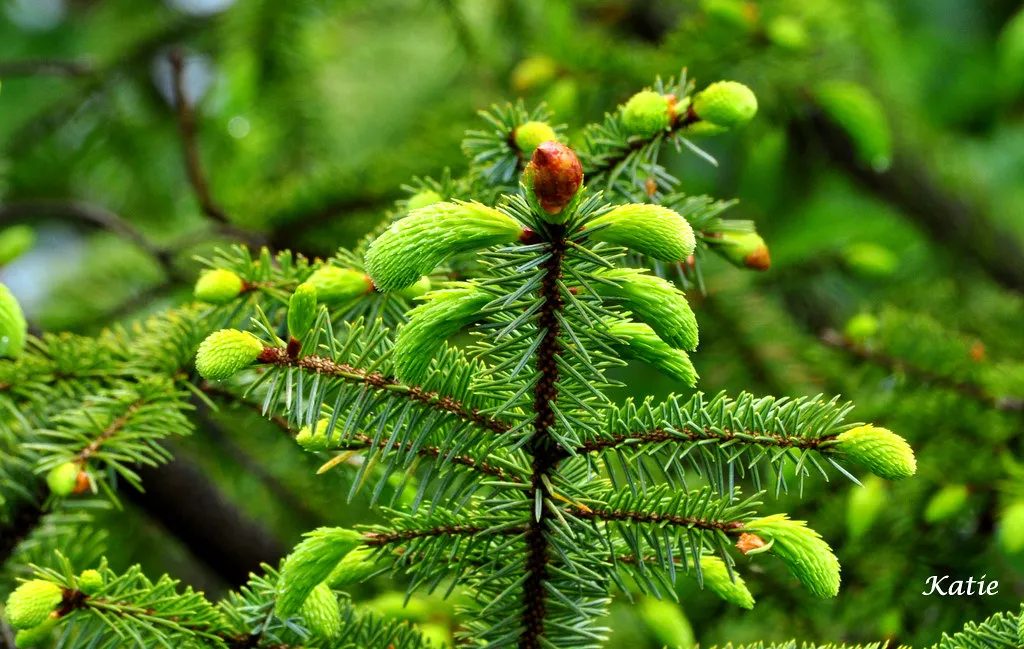Creating a DIY butterfly garden for kids is fun and educational. It encourages children to connect with nature and learn about ecosystems.
Butterflies not only add beauty to gardens but also play a vital role in pollination. A DIY butterfly garden is an excellent project for kids, combining creativity, education, and a love for nature. By planting the right flowers and providing essential resources, children can attract butterflies and observe their life cycles up close.
This hands-on activity fosters a sense of responsibility and environmental awareness. Moreover, it offers a great opportunity for family bonding and outdoor fun. With a few simple steps, kids can create a vibrant and inviting habitat for these delightful insects.
Introduction To Butterfly Gardens
Butterfly gardens are magical places where colorful butterflies flutter and dance. Kids love creating these gardens and watching the beautiful creatures visit. Building a butterfly garden is a fun and educational project for children.
Why Kids Love Butterfly Gardens
Kids are naturally curious and love exploring nature. Butterfly gardens offer a chance to see butterflies up close.
- Colors and Patterns: Butterflies have vibrant colors and unique patterns. Kids find them fascinating.
- Learning Opportunities: Kids can learn about butterfly life cycles and habitats.
- Interactive Fun: Planting flowers and watching butterflies visit is engaging.
Benefits Of A Butterfly Garden
Butterfly gardens provide numerous benefits for both kids and the environment.
| Benefit | Description |
|---|---|
| Educational Value | Kids learn about nature, biology, and ecosystems. |
| Environmental Impact | Butterfly gardens support local wildlife and plant health. |
| Physical Activity | Gardening encourages kids to be active and outdoors. |
| Creativity and Responsibility | Kids get creative with garden design and learn to care for plants. |
Choosing The Right Plants
Creating a butterfly garden can be a joyful activity for kids. Selecting the right plants is crucial. It will attract butterflies and make the garden flourish.
Native Plants For Butterflies
Native plants are the best choice for a butterfly garden. They are adapted to the local climate. This makes them easy to grow.
Here are some native plants that butterflies love:
- Milkweed
- Joe-Pye Weed
- Black-Eyed Susan
- Purple Coneflower
Flowering Plants For Nectar
Butterflies need nectar to survive. Flowering plants provide a rich source of nectar.
You can plant the following flowering plants:
- Lavender
- Marigold
- Zinnia
- Verbena
Plant these flowers in a sunny spot. Butterflies love sunshine. Water the plants regularly. This keeps them healthy and blooming.
Creating A Butterfly-friendly Environment
Building a DIY butterfly garden for kids is a delightful project. It helps children connect with nature and learn about the environment. To attract butterflies, create a welcoming space for them. This involves providing the right amount of sunlight, shelter, and water sources.
Sunlight And Shelter
Butterflies love sunny spots. Find a location that gets at least six hours of sunlight daily. This helps butterflies warm their wings and fly easily. Use plants that thrive in sunlight, like marigolds and zinnias.
Butterflies also need shelter from wind and rain. Plant shrubs or small trees around the garden. These act as windbreaks and provide resting spots. You can use a mix of evergreen and deciduous plants for variety. Create small hiding places using rocks and logs. These give butterflies a safe space to hide.
Water Sources For Butterflies
Butterflies need water to stay hydrated. Create shallow water sources in your garden. Use a shallow dish or birdbath. Fill it with fresh water and add a few stones. The stones give butterflies a place to land and drink safely.
A butterfly puddling station is also a great idea. Fill a shallow pan with sand and water. Mix in a bit of salt or sugar. This provides essential minerals for the butterflies.
Here is a simple table for creating a butterfly-friendly water source:
| Item | Description |
|---|---|
| Shallow Dish | Use a dish that is no deeper than 1 inch. |
| Stones | Place stones in the dish for landing spots. |
| Water | Fill the dish with fresh water regularly. |
| Sand and Salt | For a puddling station, mix sand and salt in water. |
By providing sunlight, shelter, and water, you create a butterfly haven. Your kids will enjoy watching these beautiful creatures thrive in their garden.

Credit: www.etsy.com
Designing The Garden Layout
Creating a butterfly garden for kids is a magical experience. The layout of the garden plays a crucial role in attracting butterflies. Let’s dive into the key aspects of designing a butterfly-friendly garden.
Garden Size And Location
The size of your butterfly garden can vary. Even a small space can attract butterflies. Choose a sunny spot for your garden. Butterflies love sunshine. Make sure the area gets at least six hours of sunlight daily. Avoid windy locations. Wind can make it hard for butterflies to land.
Paths And Seating Areas
Adding paths in your garden is a great idea. Paths help kids explore the garden without trampling the plants. Use stepping stones or gravel for the paths. This adds a rustic charm to the garden.
Creating seating areas is also important. Kids can sit and watch the butterflies. Use benches or garden chairs. Place them near flowering plants. This ensures kids have the best view of the butterflies.
| Element | Reason |
|---|---|
| Sunny Location | Butterflies need sunlight to thrive. |
| Wind-Free Area | Wind can hinder butterfly flight. |
| Paths | Prevent trampling of plants. |
| Seating Areas | Provides a spot to enjoy the butterflies. |
Remember, a well-planned layout is key to a successful butterfly garden. Happy gardening!
Involving Kids In The Process
Creating a butterfly garden with kids is a delightful way to connect with nature. Involving kids in the process makes it even more special. It teaches them about nature, responsibility, and the beauty of butterflies.
Planting And Watering
Start by choosing plants that attract butterflies. These can include milkweed, lavender, and marigolds. Let the kids dig small holes for the plants. They can place the plants in the holes and gently cover them with soil.
Watering the garden is a fun task for kids. Give them small watering cans. Show them how to water the plants gently. Explain the importance of watering the plants regularly. This helps the plants to grow and attract butterflies.
Decorating The Garden
Kids love to decorate. Use this opportunity to let them be creative. Provide them with colorful stones, small garden statues, and butterfly feeders. They can arrange these items around the garden. This makes the garden look beautiful and inviting for butterflies.
You can also create a butterfly puddle. Fill a shallow dish with sand and water. This provides a place for butterflies to drink and rest. Kids can decorate the edges of the dish with stones and shells.
Here’s a simple table to summarize the steps:
| Task | Materials Needed | Kid’s Role |
|---|---|---|
| Planting | Plants, soil, trowel | Dig holes, plant flowers |
| Watering | Watering can | Water plants gently |
| Decorating | Stones, statues, feeders | Arrange decorations |
| Creating a Puddle | Shallow dish, sand, water | Fill dish, decorate |
Encourage the kids to observe the garden daily. They can watch how the plants grow and see butterflies visit. This will build their curiosity and love for nature.

Credit: www.amazon.com
Educational Activities
Creating a DIY butterfly garden for kids is a fun and educational activity. It combines hands-on learning with the beauty of nature. This section focuses on educational activities that can enrich the butterfly garden experience. By integrating these activities, children can learn about the fascinating life of butterflies while enjoying the outdoors.
Butterfly Life Cycle Lessons
Children can learn about the butterfly life cycle. This includes four stages: egg, caterpillar, chrysalis, and butterfly. Each stage can be observed and discussed.
Here is a simple breakdown of the butterfly life cycle:
| Stage | Description |
|---|---|
| Egg | Butterflies lay eggs on leaves. |
| Caterpillar | Eggs hatch into caterpillars that eat leaves. |
| Chrysalis | Caterpillars form a chrysalis and transform inside. |
| Butterfly | Butterflies emerge from the chrysalis ready to fly. |
Kids can draw pictures or make crafts to represent each stage. This makes learning fun and interactive.
Observation Journals
Keeping an observation journal helps kids track the butterflies they see. They can note dates, weather, and butterfly types.
Here are some ideas for journal entries:
- Date: Record the date of each observation.
- Weather: Note the weather conditions.
- Butterfly Type: Identify and describe the butterfly species.
- Behavior: Write about what the butterfly was doing.
Kids can add drawings or photos to their journals. This encourages creativity and attention to detail.
Maintaining The Garden
Maintaining the garden is crucial for a thriving butterfly habitat. Kids can learn valuable lessons while keeping their butterfly garden beautiful and healthy. Regular care ensures the garden remains an inviting space for butterflies all year round.
Seasonal Care Tips
Each season brings unique challenges and tasks. Follow these tips for year-round butterfly bliss:
- Spring: Plant nectar-rich flowers like milkweed and zinnias. Water plants regularly.
- Summer: Keep the soil moist. Mulch the garden to retain water.
- Fall: Trim dead flowers. Add compost to enrich the soil.
- Winter: Protect the garden with a light mulch layer. Clean any garden debris.
Protecting From Pests
Pests can harm the butterfly garden. Use these natural methods to protect your plants:
- Introduce ladybugs to control aphids.
- Plant marigolds to repel harmful insects.
- Use a mixture of water and mild soap to spray on infested plants.
- Remove pests by hand to keep the garden chemical-free.
| Natural Pest Repellents | Benefits |
|---|---|
| Ladybugs | Control aphids |
| Marigolds | Repel harmful insects |
| Soap Water Spray | Eliminate pests without chemicals |
Following these tips helps maintain a butterfly-friendly garden. Kids will love seeing their garden flourish and butterflies thrive.
Enjoying The Butterfly Garden
Creating a butterfly garden can be an exciting adventure for kids. Once your garden is ready, it’s time to enjoy the beautiful butterflies. Here are some tips and fun ideas to make the most of your butterfly garden.
Butterfly Watching Tips
Watching butterflies can be a magical experience. Here are some tips to help you enjoy it more:
- Be Patient: Butterflies may take time to appear. Wait quietly.
- Use Binoculars: A pair of binoculars can help you see butterflies up close.
- Wear Bright Colors: Butterflies are attracted to bright colors. Wear colorful clothes.
- Stay Still: Sudden movements can scare butterflies away. Move slowly and quietly.
- Morning Visits: Butterflies are most active in the morning. Visit your garden early.
Hosting Garden Parties
Hosting a garden party can be a fun way to share your butterfly garden with friends. Here are some ideas to make your party special:
- Butterfly Crafts: Set up a table with craft supplies. Kids can make butterfly masks or wings.
- Story Time: Read butterfly-themed books to the children.
- Butterfly Snacks: Serve butterfly-shaped sandwiches and colorful fruit trays.
- Games: Organize games like “Butterfly Tag” or a scavenger hunt for butterfly-related items.
- Photo Booth: Create a butterfly-themed photo booth with props and backdrops.
Enjoying your butterfly garden can be a fun and educational activity. With these tips, you and your kids will create wonderful memories together.

Credit: www.amazon.com
Frequently Asked Questions
How Do You Start A Butterfly Garden?
To start a butterfly garden, choose a sunny spot. Plant nectar-rich flowers like milkweed, lantana, and zinnias. Add host plants for caterpillars. Provide a water source like a shallow dish with pebbles. Avoid pesticides to keep butterflies safe.
What Flowers Attract Butterflies?
Flowers that attract butterflies include milkweed, lantana, zinnias, and coneflowers. These plants provide essential nectar. Choose a variety of colors and blooming periods. This ensures a continuous food source. Plant in sunny areas for best results.
Do Butterfly Gardens Need Maintenance?
Yes, butterfly gardens need regular maintenance. Water the plants, especially during dry spells. Deadhead flowers to encourage more blooms. Remove weeds to reduce competition. Check for pests and diseases. Minimal effort ensures a thriving garden.
Can Kids Help With A Butterfly Garden?
Absolutely, kids can help with a butterfly garden. They can plant seeds, water flowers, and observe butterflies. It’s educational and fun. Involve them in choosing plants and designing the garden. This fosters a love for nature.
Conclusion
Creating a butterfly garden can be a magical experience for kids. It teaches them about nature and responsibility. Encourage your children to observe and care for their garden daily. This simple project fosters a love for the environment and provides endless joy and learning opportunities.
Start your butterfly garden adventure today!



